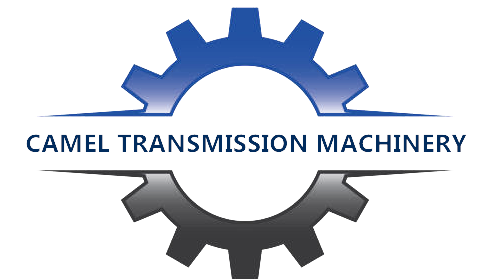What Are The Differences Between Synchronous Motors And Asynchronous Motors?
1. Speed difference
In an asynchronous motor, alternating current is sent from the stator to generate a rotating magnetic field, and the rotor is induced to generate a magnetic field. In this way, the action of the two magnetic fields makes the rotor rotate with the rotating magnetic field of the stator. Among them, the rotor is slower than the stator’s rotating magnetic field, there is a slip, and it is not synchronized so it is called an asynchronous motor.
The rotor of a synchronous motor is artificially added with direct current to form a constant magnetic field, so that the rotor will be synchronized with the rotating magnetic field of the stator. Regardless of the size of the load, as long as it does not lose step, the speed will not change. It was originally called a synchronous motor.
2. Structure difference

The stator windings of synchronous motors and asynchronous motors are the same, the main difference lies in the structure of the rotor.
The rotor of the synchronous motor has a DC excitation winding, so an external excitation power supply is needed to introduce current through a slip ring;
The rotor of an asynchronous motor is a short-circuit winding, which generates current by electromagnetic induction.
Asynchronous motors are simple, low cost, easy to install, use and maintain, so they are widely used; the disadvantages are low efficiency and low power factor are not good for the power grid.
The high efficiency of the synchronous motor is a capacitive load, which can improve the power factor of the power grid, and it is mostly used for large-scale equipment in industrial and mining industries.
3.Difference between structure and characteristics
Advantages of synchronous motors:
1. The rotor has no excitation winding, so there is no rotor copper loss, so the efficiency is higher;
2. High-performance permanent magnet materials provide excitation, the given power is small, and the volume can be reduced;
3. The rotor moment of inertia is small, so the dynamic performance is good;
4. Larger power and torque output at low efficiency.
Disadvantages of synchronous motor:
The cost is high, the reliability is low, the processing technology is complicated, the mechanical strength is poor, and the performance of the electric vehicle is greatly affected by the environment.
Advantages of asynchronous motor:
1. There is no permanent magnet high temperature demagnetization problem, and the peak power, rated power and peak power working time can be extended.
2. The motor characteristics are less affected by the environment;
3. It has start-up high torque and high-speed torque adjustment by itself;
Disadvantages of asynchronous motor:
The rotor magnetic field comes from the stator excitation, there is copper loss, and the energy conversion rate is lower than that of a permanent magnet synchronous motor.
4. The difference in use
Synchronous motors can flexibly adjust the power factor through excitation, and are mostly used in large generators.
Asynchronous motors are maintenance-free and are almost all used in motor applications.
CAMEL Transmission Machinery Factory is a professional supplier,distributor and manufacturer of speed reducers and related accesories. including gear reducers,rotary reducer,worm gearbox, servo-gearbox, planetary gearboxes,planetary gear reducer helical gear reducers,planetary gearbox,right angle gear reducer,gear reduction,gear motors, electrical motors,DC motors, DC gear motor,dc gearedmotors,AC gear motor,AC motors, servo motors,ac servo motor,dc servo motor,servomotor, bearings, gears,spur gear,helical gear,bevel gear,worm gear,planetary gear, couplings, oil seals, belts, chains, etc.If you have any need,please feel free to contact CAMEL:
sales@gear-reducer-worm.com
https://www.gear-reducer-worm.com
